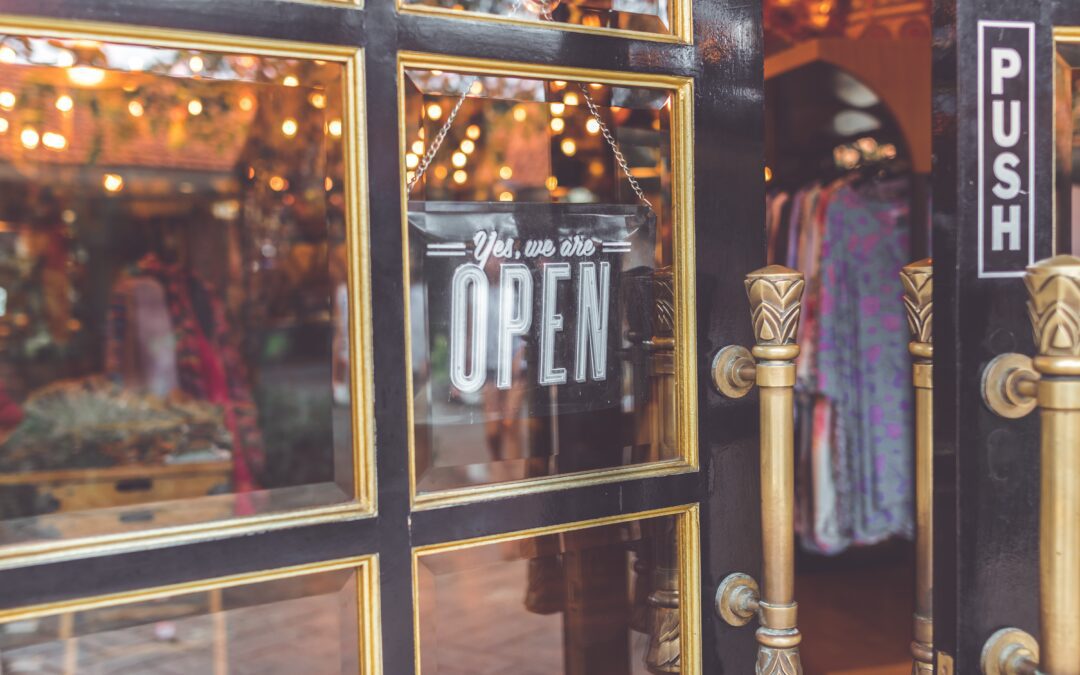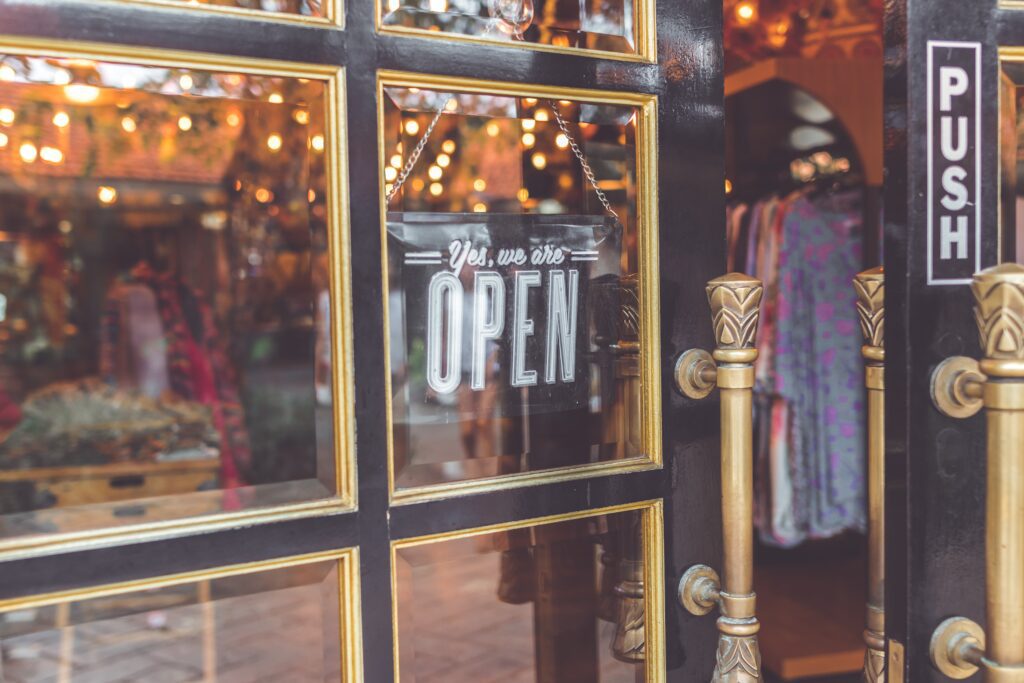4 Shopping Trends to Watch This Fall
The pandemic put the squeeze put on retailers and logistics companies – resulting in a panic over availability and product logjams. As we move into a mostly post-pandemic holiday season, consumers may still look to get a jump on the busy shopping seasons. In fact, 37% more U.S. shoppers say they plan to start buying gifts earlier to get better deals, according to Salesforce, a software company that also tracks shopping trends for retailers.
Summer is nearly half over already, but retailers are hoping for early clues about how the all-important holiday shopping season will look as Amazon hosts its Prime Day and rival retailers hold competing sales. The back-to-school shopping period is weeks away, too, another indicator for holiday shopping trends.
Rising prices for gas, groceries and other household needs are carving away at gift-giving budgets, which further complicates forecasting.
To anticipate how those factors may impact shopping behavior, Salesforce used two reports to make predictions for the 2022 holidays. They used their quarterly shopping index, which analyzes the online activity of over 1 million people in numerous countries, with a focus on 12 markets including the U.S., and the consumer sentiment index. This is based on a May 2022 survey of over 3,000 people in nine countries. Here are three of Salesforce’s predictions, according to a report released in June:
Christmas (shopping) in July
Expect the holiday gift buying to start earlier. Over the past two years, people started shopping earlier because of worries about delays and empty shelves. This year, the trend is likely to continue and we may see shoppers stocking up on discounts to beat price hikes even earlier.
Forty-two percent more shoppers worldwide and 37% more in the U.S. said they plan to start buying gifts earlier as a way to get better deals — the biggest inflation-related behavior change according to Salesforce.
For some, this means loading up on presents as retailers discount items to unload the overstocked inventory from the pandemic. Others may start Christmas shopping in July, jumping on early deals.
Price beats loyalty
During the pandemic, shoppers splurged from their couches during holiday shopping seasons last year. Now with rising prices, they’ll be taking a harder look at price tags — and shopping around for the best deal.
Value is likely to trump loyalty and convenience during the 2022 shopping seasons, said Rob Garf, VP and general manager of retail for Salesforce. The software company expects half of shoppers to switch brands to save money. That means up to 2.5 billion shoppers across the globe may choose price over loyalty.
To avoid competing on prices alone, Garf suggests retailers generate buzz by offering exclusive or limited-quantity items, or play up features such as product sustainability.
Discounting too early and too often means retailers’ profits could take a big hit. Already, Garf said, their profits are being squeezed by higher costs for fuel, labor and operating expenses as they try to balance consumer needs with the increased costs of doing business.
An NFT under the tree
It’s the hot gift item you may not have heard of yet. Non-fungible tokens, or unique digital assets, will be on the list for more people this year, according to Salesforce. Forty-six percent of shoppers say they may consider gifting a virtual version of a physical item or a digital collectible. NFTs are stored using blockchain technology.
About half a million NFTs could be sold between November and December, at a market value of $54 million, according to Salesforce. Though NFTs are growing in popularity, some experts are still skeptical of these digital investments.
Still, as with savings bonds in the 1980s, Garf says people will look to gift NFTs with the intention that they will grow in value over the years. Think of NFTs as a high-tech version that, he said.
Less is more
With the economic changes it could be that consumers just cut back, too. Consumers may look to buy fewer, more meaningful purchases, or look to gift experiences now that more people are more willing to be in public spaces. Either way, the focus may shift to quality over quantity.


